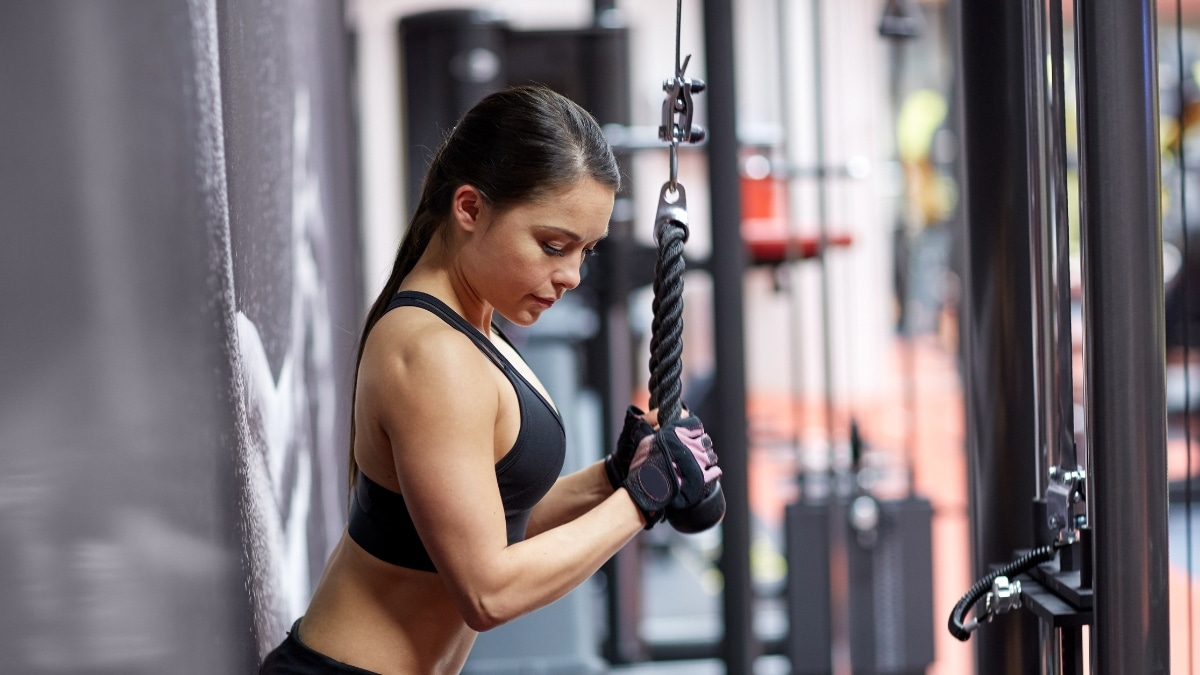Ever noticed yourself flying through the “easy” part of a squat or dropping your weights quickly after a curl? If so, you’re not alone—but you could be leaving some serious results on the table. The overlooked eccentric phase of exercise (the “lowering” part) is actually one of the most powerful tools for building muscle and strength—yet it’s the part almost everyone ignores.
The real science behind eccentric and concentric movements—and why both matter
Let’s break it down: every strength move has two phases. The concentric phase is when your muscle contracts (like pressing a weight up or pulling yourself up during a chin-up). The eccentric phase is when your muscle lengthens under tension (like lowering yourself from the pull-up bar or controlling the descent in a squat). Think of it like hiking—a tough climb up (concentric), and a controlled, often tougher, descent (eccentric).
Why does this matter? Research shows that the eccentric phase actually produces more muscle tension and micro-damage, which leads to greater muscle growth and strength gains over time. It even helps reinforce tendon health and injury prevention, and may offer extra cardiovascular benefits, like healthier blood pressure.
| Phase of movement | What happens | Key benefits |
|---|---|---|
| Concentric | Muscle shortens (lifting) | Power, force generation, less muscle damage |
| Eccentric | Muscle lengthens (lowering) | Muscle growth, tendon strength, injury prevention |
Why so many people skip the eccentric—and how to make every rep count
Most people instinctively focus on lifting the weight (the concentric), then let gravity do the work on the way down. But by slowing down the eccentric phase, you increase the time your muscles are under tension—a major driver of muscle growth, according to multiple studies. This also improves your control and stability, reduces your risk of injury, and helps correct muscle imbalances.
Letting the weight drop quickly? You’re missing out. Instead, aim for a 1:3 tempo—lift in one second, lower in three. It feels tougher, but that’s where the magic happens for muscle gains.
The best exercises for eccentric and concentric training—and how to use them
If you want to maximize results, both phases deserve attention. For muscle growth, focus on explosive lifts and slow, controlled lowers. For power, emphasize quick, forceful movements. And if your goal is strength and stability, slow down both phases and focus on perfect form.
Here are four top moves to train both eccentric and concentric strength:
| Exercise | Eccentric phase benefits | Concentric phase benefits |
|---|---|---|
| Bent Over Row | Controls the return, posture | Builds back strength |
| Supinated Biceps Curl | Slow lower for muscle growth | Curls for power |
| Dumbbell Bench Press | Controlled lower for safety | Explosive press for force |
| Romanian Deadlift | Hamstring and tendon health | Glute and lower back power |
Trainers agree: mastering the eccentric phase can be a game changer. Whether you’re aiming for bigger muscles, better control, or fewer injuries, it’s worth the extra seconds. So, next time you hit the gym, slow down, focus, and make every rep count—especially on the way down. The results might just surprise you!

The-Sports.org is a multilingual platform that provides complete sports coverage, including all statistics, results, calendars, and historical records across a wide range of disciplines. From football and tennis to athletics, gymnastics, and fencing, the site offers live scores and in-depth data for fans, analysts, and professionals. All content is curated and written by a team of passionate sports enthusiasts committed to delivering accurate and up-to-date information.

